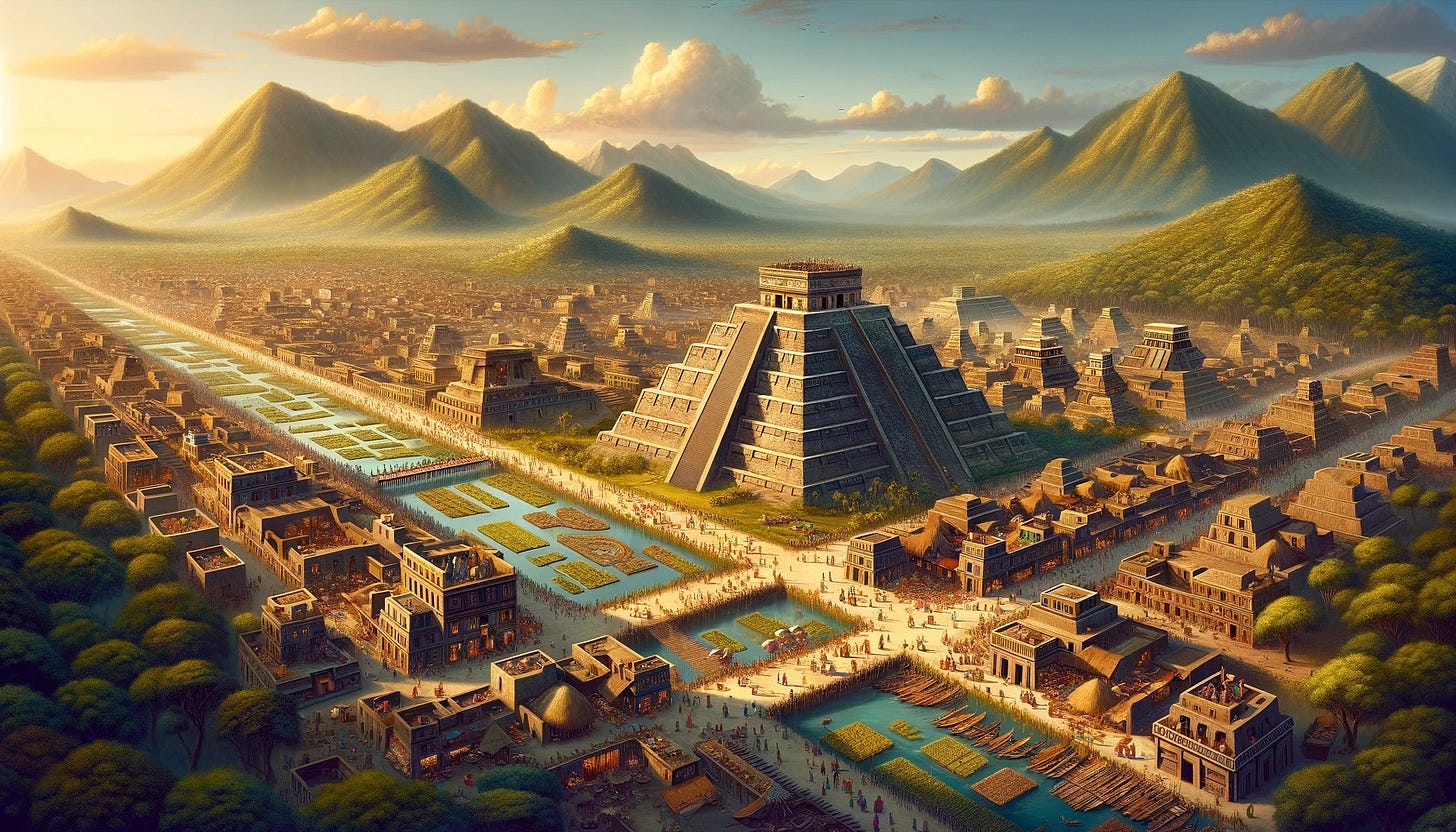Guns, Germs, And Steel Part 3
This book has taken longer than anticipated to complete. You can catch up with my thoughts on Parts 1 and Parts 2.
In this post we finally get to the germs, aka infectious disease.
It’s worth, noting that the hunter gatherer communities were far less affected by mass scale infectious disease.
Why did the historical rise of agriculture mark the rise of our mass scale infectious diseases?
I took some notes from the book:
Agriculture sustains much higher population densities, often 10-100x higher
Hunter gatherers frequently shift camp, leaving behind their waste and resulting bacteria and worms.
Agriculture societies even sometimes gather human waste and worms and spread as fertilizer in the fields.
Sedentary farmers become surrounded by their own waste and disease carrying rodents attracted to the storage of food.
Forest clearings form ideal breeding habitats for disease carrying mosquitos.
World trade routes joined populations of Europe, Asia, and North Africa into one giant breeding ground of microbes. That’s when small pox reached Rome and killed millions between AD 165-180.
But Where Did These Diseases Come From?
Ever wondered where infectious diseases come from and how they became so lethal? The author says these microbes often originate in animals, and the proximity humans began to spend near animals as they developed agrarian / farming cultures introduced those microbes into the human biome.
It was common for farmers to bring small pigs into their huts or rudimentary homes. Shepherds, butchers, and cooks frequently encountered their waste and blood. Farmers used animal feces to fertilize their land for planting season.
Then these microbes are introduced to the human immune system, which introduces an entirely different set of defenses than the microbes are used to.
The microbes formed new defense systems to survive the human immune system. These new tactics were at times lethal and decimated densely populated people groups. Given more time, these microbes would sometimes lessen their lethality in order to keep the host alive longer so the microbe could spread and survive longer.
That’s crazy stuff. It’s hard to envision the actual process of adapting and surviving. In my mind, that looks like conducting a strategy session. I don’t necessarily ascribe self-awareness and strategy to microbes, but that leaves me with unanswered questions as to how these mutations occur over time.




